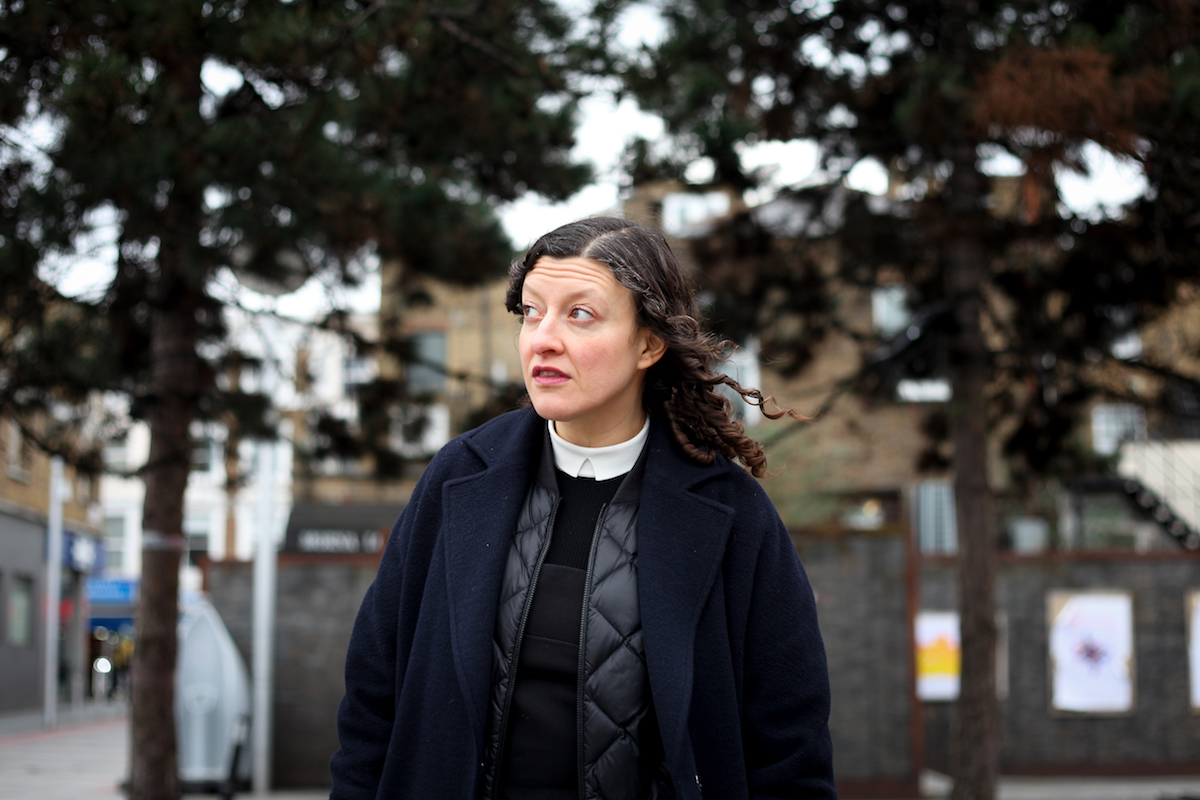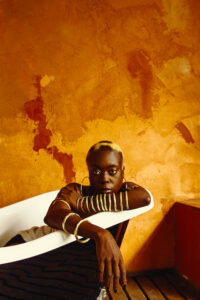This article is printed in the latest issue of British Journal of Photography magazine: Tradition & Identity. Available to purchase at thebjpshop.com.
EPOCH is a new, independent publication placing the contemporary in dialogue with history. Here, editor-in-chief Francesca Gavin sheds light on the ideas and processes behind the magazine
Co-founded by editor-in-chief Francesca Gavin and creative director Léonard Vernhet, EPOCH eschews culture’s obsession with the new, instead placing the contemporary “in dialogue with history”. The magazine delves into myriad subjects, including history, archaeology, visual arts, science, anthropology, fashion, technology, music, architecture, psychology and language. The first issue, numbering almost 400 pages, loosely centres around the theme of ritual. “This seemed an immediate topic to present a transhistorical approach,” says Gavin. Alongside in-depth features, the magazine comprises an impressive range of visual projects, including 12 different covers photographed by Wolfgang Tillmans, Torbjørn Rødland, Lea Colombo, Ari Marcopoulos, and others.
What is the ethos behind EPOCH? Léonard Vernhet and I had both become frustrated with the focus on newness and the next hot thing in contemporary culture. Léonard conceived a publication about the wholeness of civilisation, highlighting how culture connects to, and can be repositioned through history. This chimed with my interest in Svetlana Boym’s ideas around ‘off-modernism’ – trying to find new paths for the future by going back. Creative ideas have a continuum and looking at how people rework and rethink the past can create fascinating new directions for pushing visual culture forward. We wanted a publication that mixed disciplines, from anthropology to art, archaeology to philosophy, the academic to pop culture. We are taking the legacy of something like National Geographic and making it contemporary, culturally and politically aware, with the visual quality of a high-end fashion biannual.
What is photography’s place in the publication? Photography is fundamental to our approach. It sits perfectly between the documentary and the fictional, research and imagination. We wanted to give the projects more space than they would normally get – sometimes up to 20 pages. That emphasis on photography will continue and be in flux as we want to keep an element of surprise.
Can you tell us about the decision behind having 12 covers? We created our dream publication and wanted to launch with a big statement. Instead of choosing between, say, Jonas Lindstroem and Wolfgang Tillmans, Dexter Navy and Camille Vivier, we gave them all a cover. This was a chance to arrive and demonstrate that we are doing something different.
How did you go about commissioning photographers? Léonard and I have been working in media and visual culture for many years. The artists and photographers we commissioned are an extension of our personal networks and people we have worked with and admired. We both have good reputations, I think! We made a dream list, approached them, and almost everyone said yes. EPOCH gives space to projects without the restrictions that come with many other art, style or fashion magazines.
What can readers expect from this edition of EPOCH? We have some great interviews with Laraaji and Wolfgang Tillmans. We have visual projects by Frida Orupabo, Camille Vivier, Marvin Leuvrey and Jonas Lindstroem. Some of the photographic projects are incredibly intimate – notably Nabil Elderkin’s work on a gang funeral in California, and Maciek Pożoga’s photographs of ritual whisperers in Poland. We also have an unpublished interview between the iconic Cypriot archaeologist Vassos Karageorghis and Hans Ulrich Obrist.



